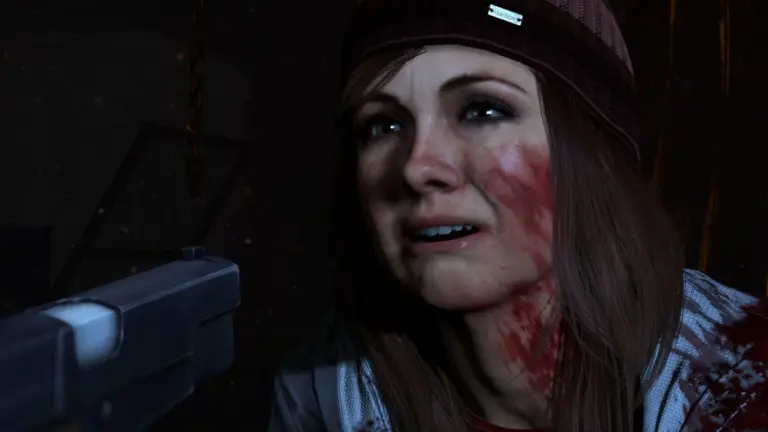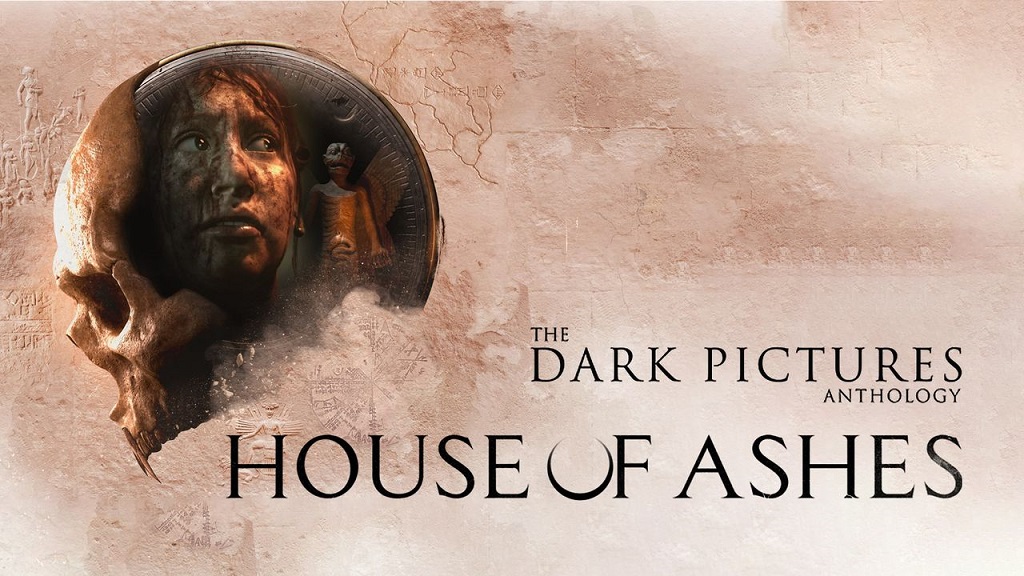
In 2019, Supermassive Games continued their formula for success that they started with Until Dawn back in 2015 by launching The Dark Pictures Anthology series, which promised yearly entries to its cinematic horror universe. So far they’ve kept that promise with flying colors, with the previous titles in the series, Man of Medan and Little Hope.
Both entries proved to be immersive, innovative, and terrifying, pushing the bar of quality higher for narrative horror experiences. This brings us to the newest entry, House of Ashes, which takes place in Iraq during the 2003 war between the US and Iraq.
The setting and story featured in House of Ashes are vastly different from the previous entries, and it makes for a different experience than the other two Dark Pictures games in some interesting ways. But is it still good, and does it still push the style forward? Let’s take a closer look.
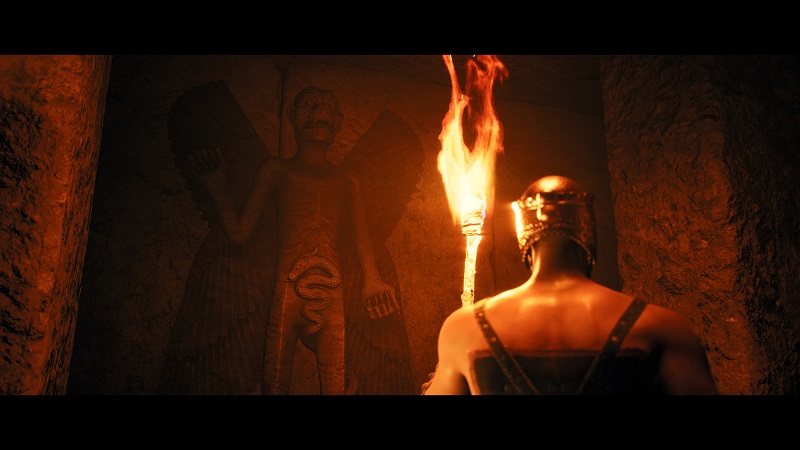
After a short establishing scene taking place in ancient Mesopotamia, it flashes forward and introduces the player to the modern-day protagonists in 2003, who are almost all members of the American military forces who are occupying and invading Iraq, accurate to what happened in the real Iraq war around this time. There is one main character who is an Iraqi soldier who happens to meet up with the American military outfit later in the story, but he is the only one from the opposite side of the conflict featured in the main cast.
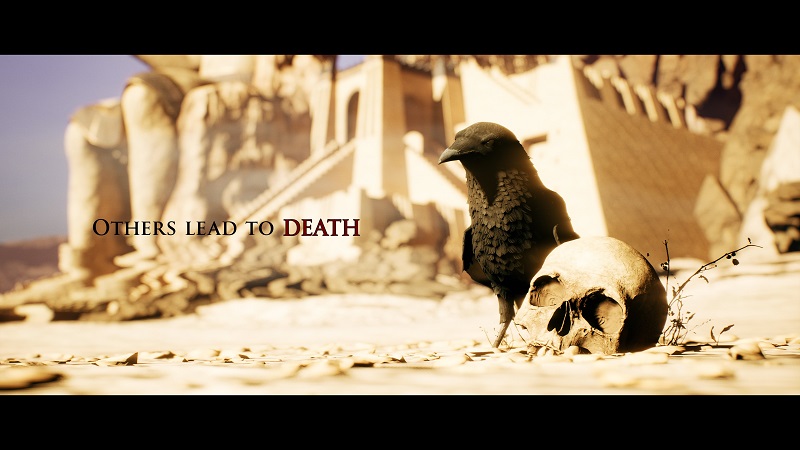
This starts us out with what is probably the biggest drawback of the entire experience here, especially compared to the previous Dark Pictures games, and that is the cast and story overall. Having most of the cast made up of military jarhead archetype characters who act and look every single ounce of that characterization is one of the most grating things I could imagine in a narrative horror game.
This sucks out a lot of the power the story could’ve had, since it’s hard to actually care about a single one of the American characters once you’re introduced to them. They’re all abrasive, macho, ignorant stereotypes who do very little to ever break through or evolve past that point, and their bad attitudes negatively affect everyone and everything around them, until the very end.
The previous games presented what felt like fairly average people who were more grounded in a normal way of life and had more at stake, always feeling more vulnerable and real in several ways compared to the characters here. While a few of the characters do end up having decent character arcs which expose their weaknesses and seem to advance them to be better people much later in the story, they still never truly let go of their blind patriotism, aggression, and shallowness by the end.
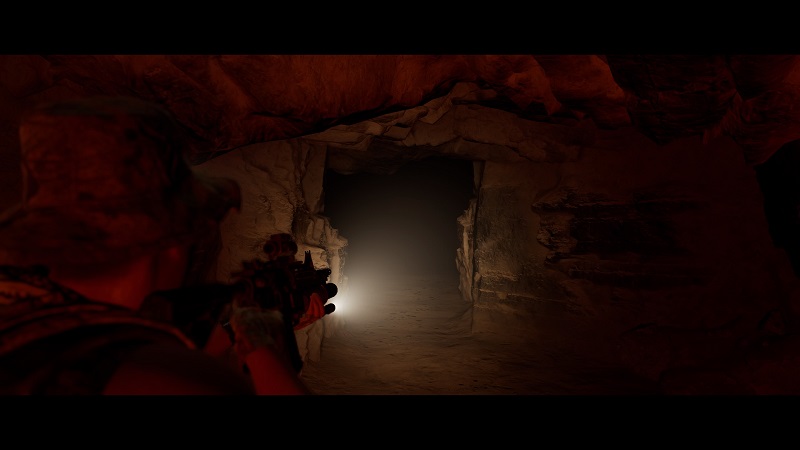
While the story also does provide ample criticism of this type of character, and also of the US government/military in general, it doesn’t end up making most of them better people by the end. Having soldiers from both sides of a conflict being forced to work together to survive is one of the stronger story elements here and it makes for some of the most humbling and satisfactory moments throughout, but it all falls slightly flat by the end.
Another major downside of the story is that, unlike its predecessors, House of Ashes fails to provide a very satisfactory resolution or explanation for all the supernatural or seemingly otherworldly things the characters experience throughout.
Both Man of Medan and Little Hope both had very clever and scientific/grounded explanations for why all the strange events happened during the course of the game, but House of Ashes alternatively feels like a cop-out. There’s no satisfactory real-world explanation and it essentially commits to a very sci-fi plot by the end, where the other games didn’t have to rely on such a lazy fallback.
It also has some references to Middle-Eastern mythology that are heavily leaned on in the early parts of the game, but they eventually just taper off as the overwhelmingly wild sci-fi story takes over, and it felt like a missed opportunity for delving into that unique type of horror in a more profound way.
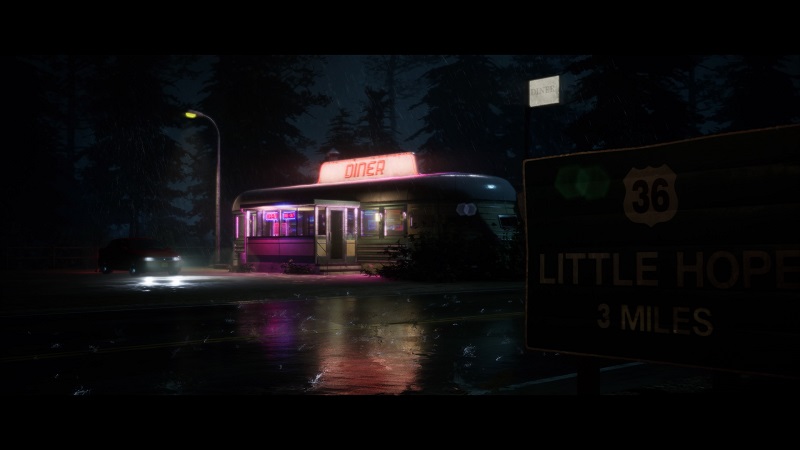
Another strange element of the story here is that after three games in the series, it feels like they’re starting to build an overall “shared universe” narrative between all of the games, which is something yet unexplained, but it causes some very uncanny side effects. One of these things is that some locations from previous Dark Pictures games show up in House of Ashes, which definitively links them all together, but in a way that’s not entirely clear quite yet.
The other biggest uncanny element is that, similar to Little Hope, which had all of its actors playing multiple characters in different timelines, most of the actors and their faces from both Man of Medan and Little Hope are re-used in House of Ashes.
While the other games did have recurring actors here and there, the House of Ashes cast is almost entirely made up of returning actors playing completely different parts. This causes a strange deja-vu effect but also makes one question if this is all on-purpose as part of a bigger meta-story or just a side-effect of fewer development resources due to the global pandemic this past year.
Again, it feels like they may be leading up to some further meta-story explanation of why these commonalities are starting to occur between all of the stories, but as of the ending of House of Ashes, the how and why are still not explained.
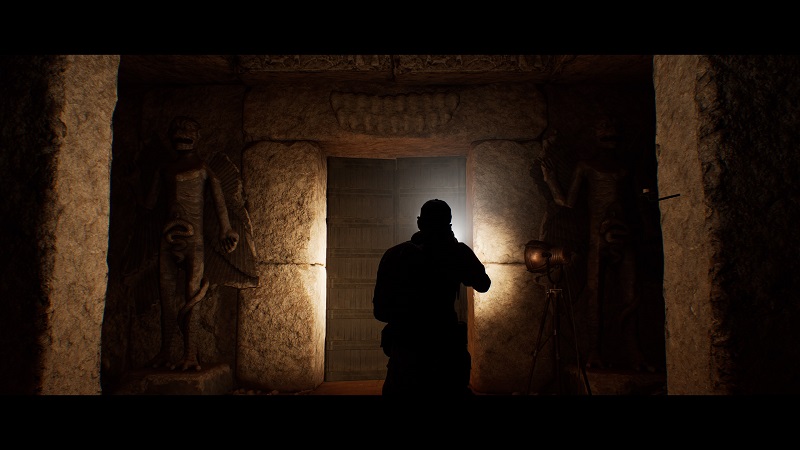
With all of the not-so-great elements presented by the story out of the way, we can get to the gameplay itself, which is a world apart from the shortcomings of the narrative, in a good way. First of all, the visuals presented in House of Ashes are easily some of the most advanced and photo-realistic visuals I’ve seen in any game, let alone a horror game.
The graphical fidelity showcased here at bringing the characters and environments to life is unmatched by anything else I’ve ever witnessed, and it makes for a wonderful audio-visual presentation. The characters all feel life-like in every aspect of their existence, and even if they can be hollow and annoying people at times, they feel very real to watch and interact with.
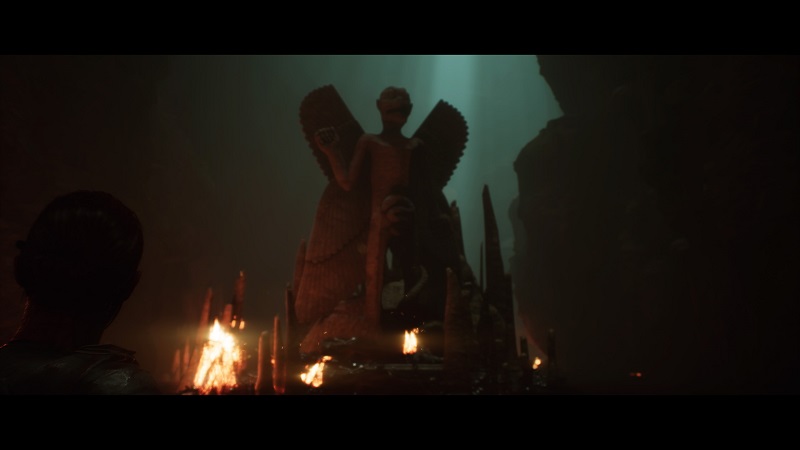
The environments in House of Ashes are some of the most meticulously detailed and gorgeous environments ever put to screen, especially when playing on the newer consoles or a very high-powered PC. Playing the game in 4K with maximum fidelity feels more like being immersed in a real movie than ever before, and it helps the entire experience to succeed.
The lighting effects are also some of the best utilized in this style of game to date, with every single flashlight beam, flare, or tiny ray of light beautifully reflecting and reacting to everything and everyone in the scene. It really is something to behold that adds a whole layer of immersion to the experience.
You feel the dread of every dark hallway and cave you come across, and I had to stop and stare in awe at what they were able to accomplish visually with this game on many occasions. Exploring an ancient temple has never felt this realistically represented and compelling before.
The facial and vocal performances of the actors are all very well-done and usually sync up very well with the shockingly detailed character models and actions, and the fact that all of the Iraqi characters also speak in their native language is a nice nod to realism that I was not expecting from the production.
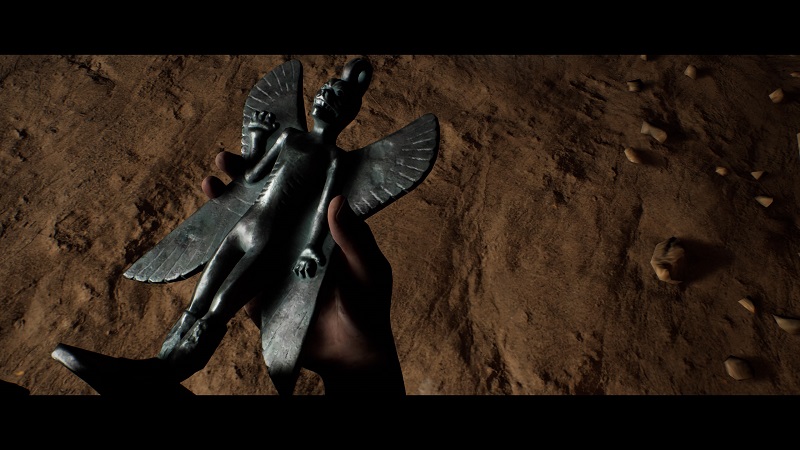
The gameplay also has another somewhat jarring shift compared to the previous games, in that it features many more action/combat sequences. While they’re not exactly “combat” so to speak, there are many more QTE scenes where you must aim and fight against the horrors that surround you, rather than run away or find another way to get around the conflict.
While this does make some sort of sense within the context of the story, since your team is a heavily-equipped military outfit, taking the weapons away and having the characters face their fears and use their brains more often could’ve gone a long way to a better story.
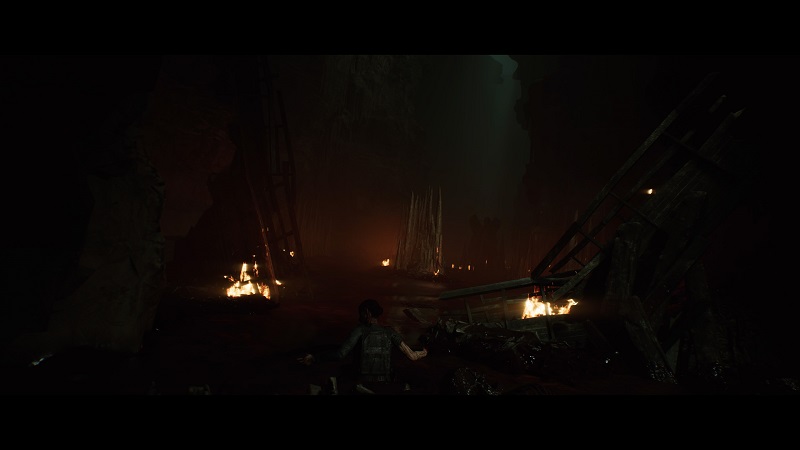
There’s some other very welcome quality-of-life type improvements that House of Ashes has over the previous games, with several improvements in accessibility options, including much easier difficulty options, many more visual/subtitle options, and more control options.
Another great new feature is during the exploration segments, whenever you approach an item that will advance the story and cut off your ability to explore and find collectibles, the game clearly tells you with a certain symbol on the item’s interaction button. This makes it much easier to explore at your own pace and be able to see everything you want to see before moving the main story forward, which is something more narrative games of this type could benefit from.
Many of the documents you pick up throughout the game also now show archival-style videos to accompany them, instead of just reading some text on a page, which is another nice icing on top of the cake for the production values.
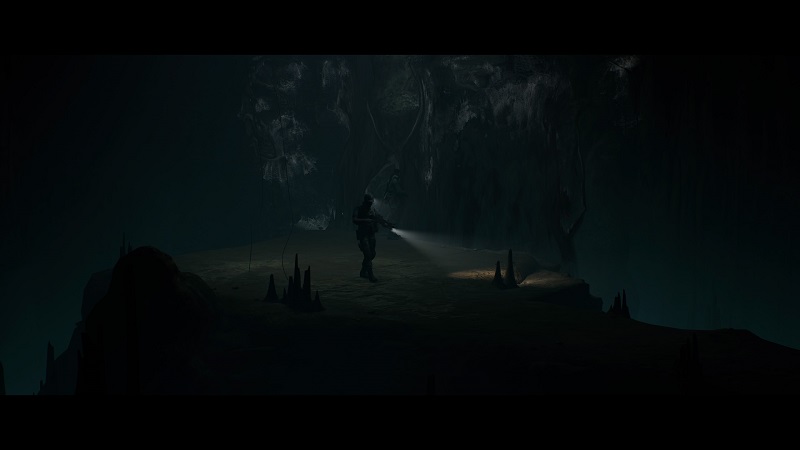
As with the previous games, House of Ashes also features the same great multiplayer modes for both local and online play, which is usually where the Dark Pictures games shine the brightest, and House of Ashes is no exception. Being able to see so many alternate scenes that the single-player modes don’t normally show (outside of using the Curator’s Cut DLC,) and fleshing out extra story beats or lore is always a major plus that rounds out the experience.
Also, as with Man of Medan and Little Hope, the Shared Story online mode is still the best way to experience the game, since it facilitates heavy voice communication and cooperation between yourself and a friend, working together to solve the mysteries and survive against the odds with some split-second decision making and tense combat encounters.
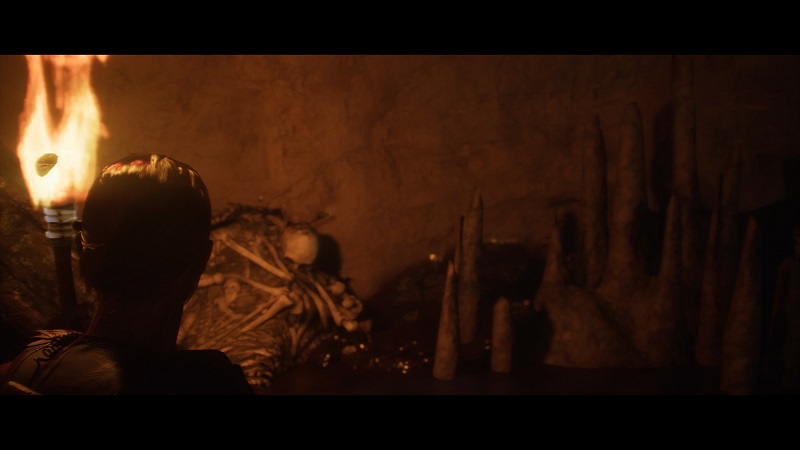
On the front of technical performance, House of Ashes feels tighter, prettier, and more responsive than ever, thanks to very solid performance on the newer consoles, and the visuals rarely ever miss a beat. For the review, the PS5, Series X, and Series S versions were tested, and all performed very well respectively.
As with the other Dark Pictures games, a typical playthrough will last you somewhere between 3-4 hours depending how much time you spend looking around. So, while the length hasn’t particularly changed from the previous games, the time between chapter stops has been greatly extended for some reason, but it doesn’t change too much overall.
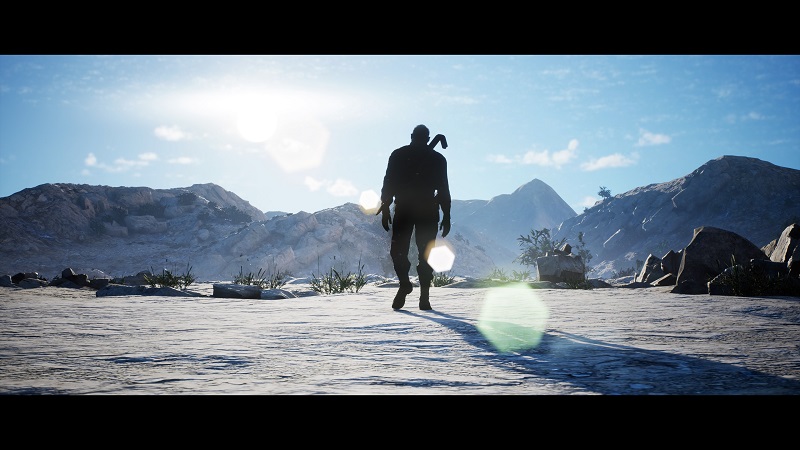
In the end, while House of Ashes‘ narrative may disappoint many fans of the series and be the least well-crafted in this respect, its production values and polish still elevate it to a satisfactory level for anyone who enjoys Supermassive’s unique brand of cinematic horror experiences.
If you didn’t like the previous entries, it’s unlikely this one will change anything for you, unless you’re really into macho military camaraderie in your games, but it’s still a worthy entry in the series. With the relatively low cost of entry that the Dark Pictures series maintains for its entries at $30, House of Ashes is still a fun time and a good value, especially if you can play with friends.
 (7 / 10)
(7 / 10)
Good
 (7 / 10)
(7 / 10)
 IDOLxISxDEAD
IDOLxISxDEAD
